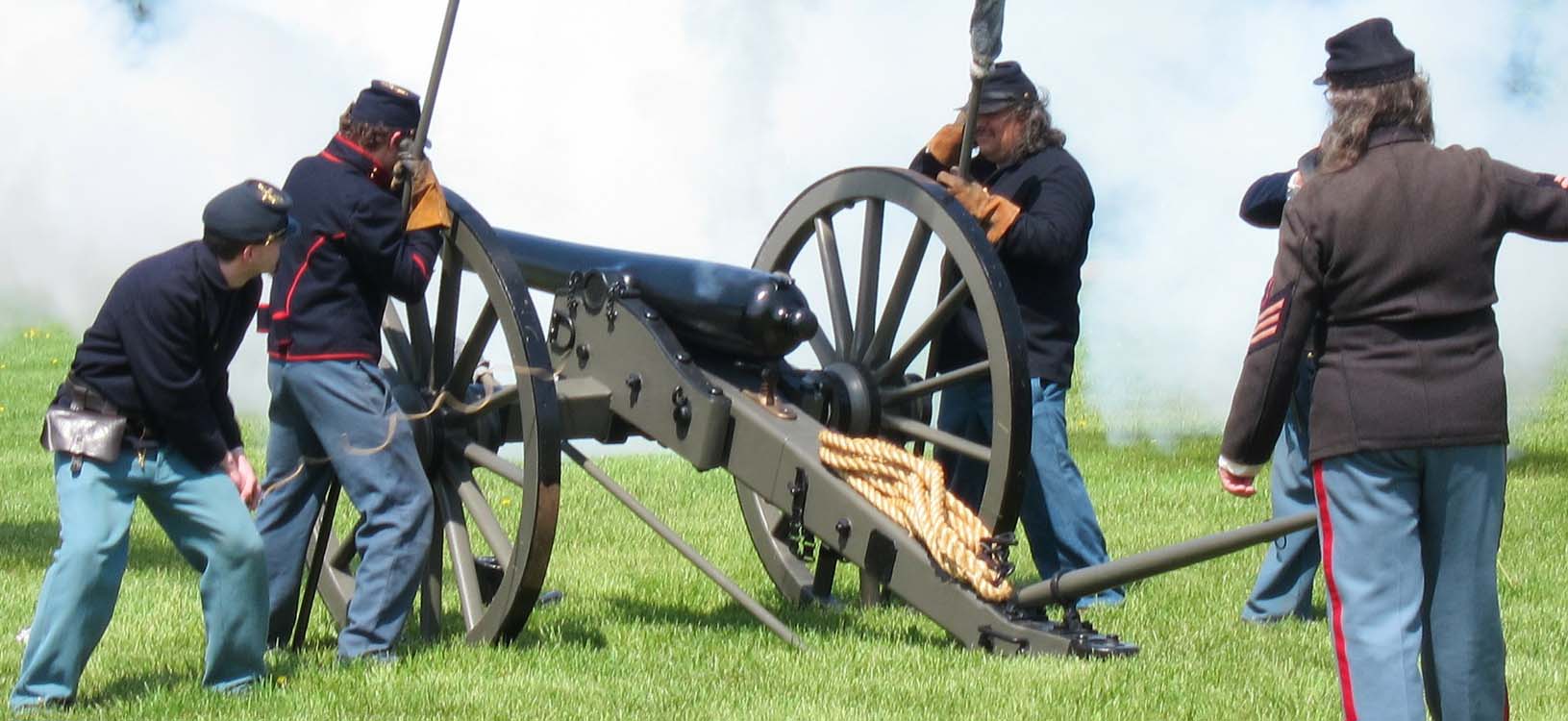Sign up for the Family Tree Newsletter Plus, you’ll receive our 10 Essential Genealogy Research Forms PDF as a special thank you!
Get Your Free Genealogy Forms
"*" indicates required fields
It’s Story Time
Don’t wait until you’re “finished” with your genealogy to gather all those pedigree charts, census photocopies, marriage certificates and photos into a comprehensive family history book. You know as well as we do that you’ll never be finished. Start organizing your family history now with these tips from Moira Connor, who founded Families Forever Publishing to help clients tell their families’ stories: “Organize the material into chronological order first, then into subgroups that make sense to you-and most important, to your audience,” Connor advises. Your subgroups might be family branches, geographic locations or major events such as births, marriages and deaths.
To clarify family lineages, start each section of your book with the pedigree chart of the most relevant person in that chapter. End the section with a family group sheet showing the ancestor, spouse and children. “This pedigree chart is repeated throughout the book, with each chapter adding generations. It’s a great way to help the reader gradually absorb all the information in the chart,” Connor says. “The start of the chapter shows from whence they came and the end shows where their bloodline is going.”
Each chapter contains text that tells your family’s story in words, along with photos and supporting documents from your research. Connor suggests a direct approach for handling missing information. “Use a simple statement such as ‘oral family history suggests that-and additional research is underway to substantiate it.'” Context is important. “Preparing a family history without the historical context would be like describing a baseball game with just box scores rather than a play-by-play,” says Connor. “How an ancestor homesteaded on the prairies-how he built the first sod house and the difficulties the family experienced-is not only interesting, but adds a truly human element to the facts.” Contact Families Forever Publishing at (206) 328-5971.
Disappearing Act
Q: I have an old family tree handwritten in fountain pen. The ink is fading. I have recorded the information from the tree. My elder relatives tell me to let the handwriting naturally fade away! I don’t want to let that happen. What’s your advice as to having someone go over the handwriting?
A: Your question highlights a preservation issue of some disagreement-allow time to take its natural toll, or use modern techniques to alter an old document? A professional conservator can fully explain your options and help you decide what to do. For referrals, contact your local historical society or the American Institute for Conservation of Historic & Artistic Work (202-452-9545, aic.stanford.edu).
Our experts’ responses to your question reflect preservationists’ varied viewpoints. Maureen Taylor, author of Preserving Your Family Photographs (Betterway Books, $19.99), suggests having a conservator deacidify the document and enhance the handwriting with ink. Be prepared: the process may be expensive and will take some time.
On the other hand, Caring for Your Family Treasures (Heritage Preservation, $24.95) co-author Jane Long says, “Your relatives know best!” She recommends having the document professionally photocopied or photographed onto acid-free paper to create a realistic copy to frame and admire. (This is a good idea whether or not you decide to alter the original.) “Then safely store the original away from light sources to prolong the life of both paper and ink,” Long advises.
Museum-quality acid- and lignin-free boxes and encapsulation (see our April 2001 issue) are good storage options. For supplies, try University Products (800-762-1165, www.universityproducts.com) or Archival Products (800-526-5640, www.archival.com).
ADVERTISEMENT

